Guests at Chicago’s Lyric Opera can now immerse themselves in performances through the SoundShirt’s vibrations.
Chicago’s Lyric Opera is aiming to make its performances more accessible via the SoundShirt, a garment that vibrates to match the music.
In October, the Lyric became the first opera company to offer the shirts to audience members who are deaf or hard of hearing. The device comes from a London-based wearable tech brand called CuteCircuit. Each shirt costs about $1,900, but interested guests can reserve one for special performances at $20 a ticket, according to Axios’ Carrie Shepherd.
“I am proud that Lyric Opera of Chicago will be the first opera company in the world to bring this new technology to its live audiences,” says Anthony Freud, the Lyric’s general director, in a statement. “The SoundShirt reinforces Lyric’s commitment to accessibility and to broadening the impact of our live performances on all audience members.”
The SoundShirt is worn like a lightweight jacket and features 16 small motors throughout. Microphones are placed around the orchestra on stage to record specific instruments and send a live signal to activate vibrations in the shoulders, forearms and upper and lower back.
Rachel Arfa, commissioner of Chicago’s Mayor’s Office for People with Disabilities, recently tested the SoundShirt at a production of West Side Story.
“When Lyric approached me with this shirt, I was highly skeptical,” she tells the Washington Post’s Michael Andor Brodeur. “There are often technical solutions designed by people without disabilities for people with disabilities that do not solve barriers that we have.”
The technology certainly isn’t for everyone. The Chicago Sun-Times’ Stefano Esposito says wearing a SoundShirt feels like “your torso has become home to an entire hive of non-stinging bees.”
“It’s not an unpleasant sensation,” he writes, “just odd, very odd.”
But for Arfa, the shirt exceeded expectations. “At live theater, it is difficult for me to discriminate between different sounds, so I rely on access provided for equal access,” she tells the Washington Post. “I began to understand that the haptics on the SoundShirt vibrated in conjunction with the orchestra sounds … I am not able to hear this sound, but I could feel it. It was such a surprise and a thrill.”
/https://tf-cmsv2-smithsonianmag-media.s3.amazonaws.com/filer_public/df/3f/df3ff0bf-13b9-4f91-82a3-9f4f9ef52558/lyric_soundshirt_5_-_photo_courtesy_loc.jpg)
Although the Lyric is the first opera house to incorporate the shirt, the technology has existed for several years. In 2018, the Cooper Hewitt, Smithsonian Design Museum featured the SoundShirt in “Access+Ability,” an exhibition exploring inclusive new designs.
In a video from the museum about the shirt, violinists and drummers are seen playing their instruments, but only a low, disorienting hum can be heard. “Music should be for everyone,” says the narrator. The SoundShirt is “a device that allows the deaf to experience a concert through touch sensations.”
Brad Dunn, the Lyric’s senior director of digital initiatives, tells the Chicago Sun-Times that he discovered the SoundShirt during a trip to London in February 2020. “I tried it and [thought], this is amazing,” says Dunn. “Then the pandemic happened, and they couldn’t really launch it.”
Tina Childress, an audiologist and advocate for accessibility in the arts, is excited by the variety of accessibility services now available to hard-of-hearing theatergoers. “It’s important to remember that you can use two or three of these choices at the same time,” she tells the Washington Post after testing the shirt. “With the SoundShirt, having that tactile feedback for what I don’t hear was (pardon the pun) instrumental in me enjoying the performance.”
Source: Smithsonianmag

